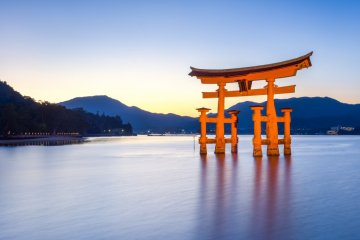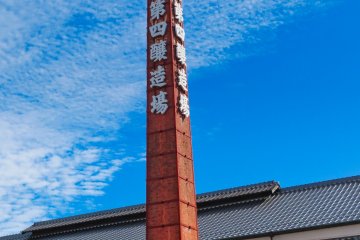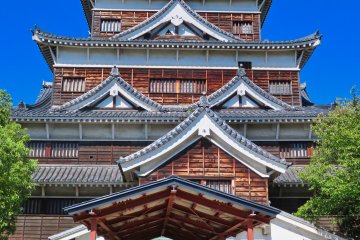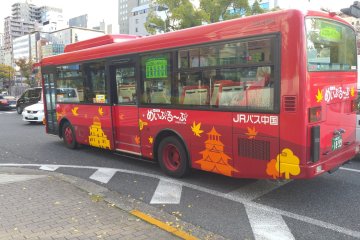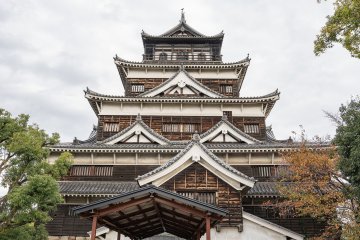Hiroshima is often lauded by travelers for how easy it is to get around. The city is home to an impressive network of streetcars – also known as trams or trolleys depending on where you come from – but they're not the only transportation option available to those visiting the region. The Hiroshima Sightseeing Bus (nicknamed Meipuru-pu) is another convenient option for getting from A to B, and an added bonus is that their routes are covered by the JR Pass if you have one of those.

The sightseeing bus operates several different routes throughout the city, covering many of the area's major tourist attractions. They're conveniently color-coded. Some of the popular destinations covered along the routes include the Hiroshima Museum of Art, Hiroshima Castle, the Peace Memorial Park and Atomic Bomb Dome, and Namiki-dori, which is one of the city's best shopping streets.

Even if you're visiting the area without a JR Pass, the Meipuru-pu bus fares are very reasonably priced. Single ride tickets are priced at ¥ 220 for adults (classed as anyone 12 years old or above) and ¥ 110 for children aged from 6 to 11 years old. One-day hop on, hop off tickets are also available, and are priced at ¥ 400 for adults and ¥ 200 for children.
For more information on getting to Hiroshima and other transportation options in the city, please refer to our Hiroshima Access Guide here.




